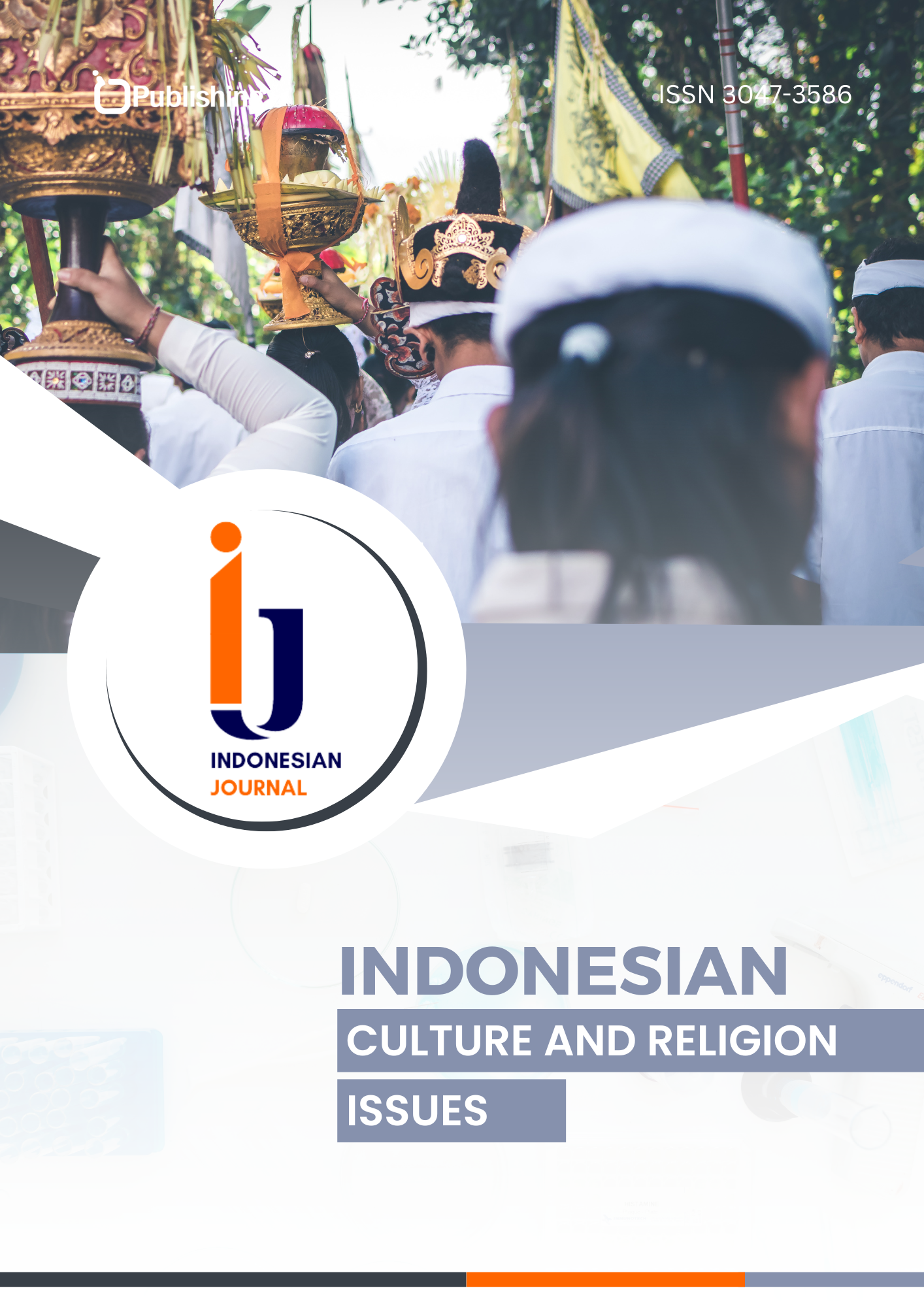The Depiction of Tolerance in Sufi Sources
DOI:
https://doi.org/10.47134/diksima.v2i1.167Keywords:
Sufism, Tariqah, Naqshbandiya, Naqshbandiya-Mujaddidiya, Social Equality, Justice, Tolerance, Generosity, Shaykh, Murid, MurshidAbstract
This study explores the concept of tolerance in Sufi sources, particularly within the Naqshbandiya tariqah, and its impact on interfaith harmony and social coexistence. The research aims to analyze the historical and philosophical foundations of tolerance in Sufism and its role in fostering justice, equality, and mutual respect among different religious and ethnic groups. The study employs a qualitative descriptive method, utilizing literary analysis and historical interpretation of Sufi manuscripts, the Qur’an, and Hadith. Primary sources include classical Sufi texts and scholarly works from the Manghit period, which emphasize the significance of tolerance and community-oriented teachings in Sufi thought. The findings reveal that Sufi teachings strongly advocate for tolerance as a fundamental principle of justice, rooted in Islamic teachings and reflected in the practices of Sufi orders. The Naqshbandiya-Mujaddidiya tariqah, in particular, promotes an active social life alongside spiritual discipline, reinforcing social unity and ethical conduct. The study underscores that Sufi principles continue to play a crucial role in contemporary discussions on interfaith harmony and cultural integration, highlighting their relevance in addressing modern religious and social challenges
References
Chittick, W. C. (2021). Sufi Path of Knowledge: Ibn Arabi’s Metaphysics of Imagination. State University of New York Press.
Constitution of the Republic of Uzbekistan. Chapter XIII: Institutions of Civil Society. Article 75.
Ernst, C. W. (2022). Sufism: An Introduction to the Mystical Tradition of Islam. Shambhala Publications.
Esposito, J. L. (2020). Islam and Tolerance in the 21st Century: Diversity within Islam. Oxford University Press.
Hoffman, V. J. (2020). The Essentials of Islamic Spirituality. Syracuse University Press.
Knysh, A. (2020). Islamic Mysticism: A Short History. Brill.
Mirziyoyev Sh.M. Speech at the 72nd session of the UN. September 20, 2017. USA.
Musoxon Dahbediy. Navodir ul-maorif. Bukhara State Museum Reserve. № 27806/11. – p. 164.
Nasr, S. H. (2019). Sufism: A Journey into the Spiritual World of Islam. Harvard University Press.
One Thousand and One Hadiths. – T. I. // Translated from Arabic by Abdulaziz Mansurov. -T.: Uzbek Maskani, 1991. – p. 80.
Rahman, F. (2021). Major Themes of the Qur’an (2nd ed.). University of Chicago Press.
Renard, J. (2021). Historical Dictionary of Sufism. Rowman & Littlefield.
Sedgwick, M. (2019). Western Sufism: From the Abbasids to the New Age. Oxford University Press.
Sobirovich, T. B. (2018). Spiritual renewal and interethnic relations in the Strategy of Actions. Teoriya i praktika sovremennoy nauki. Rossiya, Saratov, (3), 33.
Sobirovich, T. B., & Norman, Z. D. M. (2023). Harmony of National and Universal Values in Uzbekistan. Harmony, 7(1), 08-16.
Sufi Olloyor. Maslak ul-muttaqin. Bukhara State Museum Reserve. № 26307/11. – p. 48a.
The translation of the meanings of the Quran - Uzbek translation, translator: Muhammad Sodiq Muhammad Yusuf. Surah An-Nisa, verse 58.
Turdiyev, B. S. (2019). The role of national harmony in the strategy of spiritual renewal. Scientific Bulletin of Namangan State University, 1(6), 229-233.
Winter, T. J. (2022). Classical Islam and the Naqshbandi Tradition. Cambridge University Press.











